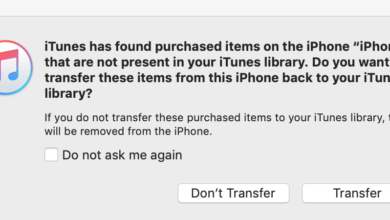How to Turn OFF Encrypt iPhone Backup without Password?
Removing encryption from iTunes backups when you have lost the password is tricky, and most of the time, you cannot remove the encryption if you do not know the proper method. You may come across various methods to remove the encryption; however, the methods that actually work are only those suggested by Apple.
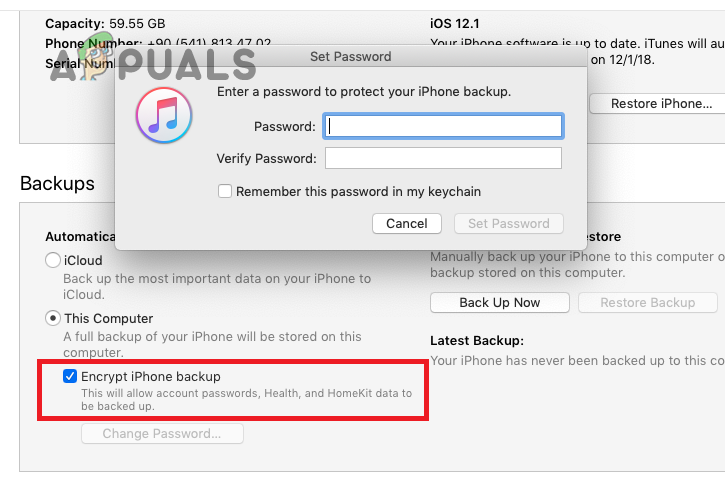
Thus, if you have forgotten your iTunes backup password and wish to remove the encryption, you should adhere only to the methods provided by Apple, as alternative methods will be ineffective.
In today’s post, we have mentioned only those methods that do work to remove encryption from iTunes Backups. Let’s dive into the details!
1. Find the forgotten iTunes backup password using Keychain Access on a Mac.
If you own a Mac, it will be possible for you to recover your iTunes backup password using the Keychain utility. Keychain Access on Mac is an app that keeps track of your passwords and other important information related to your account. It is an ideal app for Apple users to store and remember passwords.
However, the password will only be saved in Keychain Access if you have permitted it to remember or save the password whenever you log in to any account, including iTunes. Here’s how you can check the iTunes password in Keychain Access on a Mac:
- On your Mac, go to Applications and click on Utilities.
- Then, open Keychain Access.
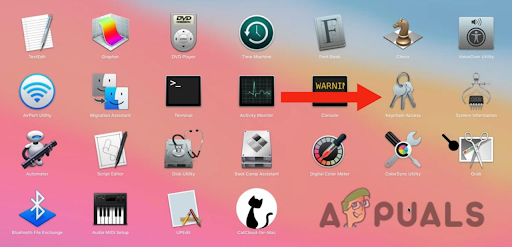
Open Keychain Access - After this, type “iPhone Backup” or “iOS Backup” by using the search box in the upper right corner.
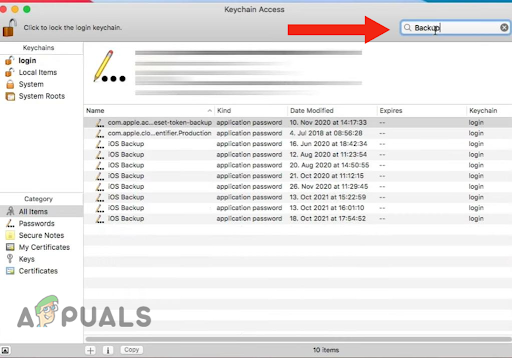
Type iPhone Backup or iOS Backup in the search box - When you find the file, double–click the result.
- Now check the box next to Show password.
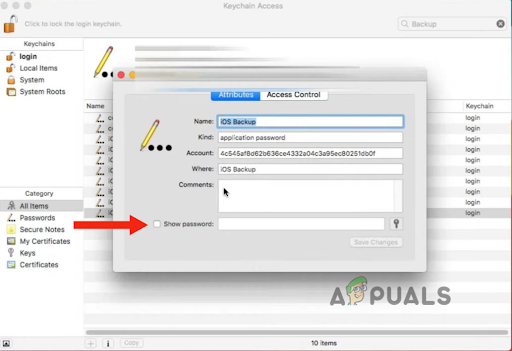
Check the box next to Show password - Lastly, enter the Mac administrator password, and click on “Allow.” This will help you find the password for the keychain file of the iTunes backup.

Enter the Mac administrator password and click on Allow
2. Reset your device’s settings.
Encryption is provided by Apple to make your iTunes backups more secure. To remove encryption, you will need to provide the password after unchecking the “Encrypt local backup” checkbox in Finder or iTunes. However, if you forget the password, removing it would become troublesome for you.
Apple suggests that if you have forgotten the password, you can reset your device’s settings, as this will help you create a new encrypted backup of your device by resetting its password. Resetting your iPhone’s settings will also help improve its performance, as multiple files and settings accumulate over time, which can result in slower performance.
Additionally, it will fix any software-related issues. Here’s how you can reset your device’s settings:
- Go to Settings and tap on General.
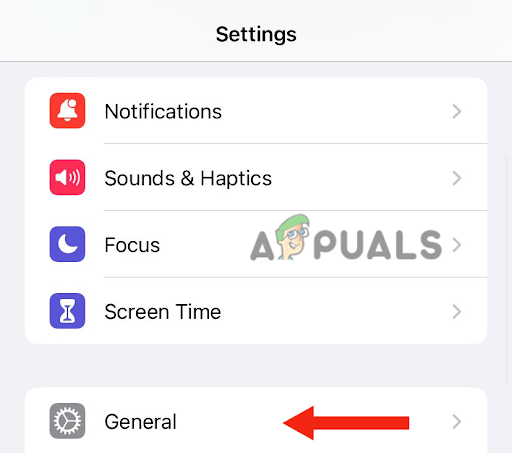
Tap on General - Then scroll down and tap on Transfer or Reset iPhone.
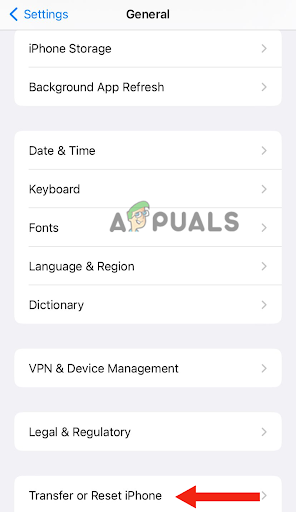
Go to Transfer or Reset iPhone - Next, tap on Reset.
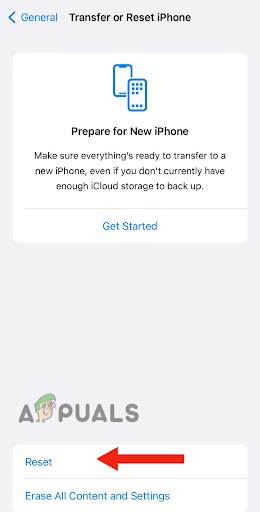
Tap on Reset - Tap on Reset All Settings and enter the passcode that you use to unlock your device.
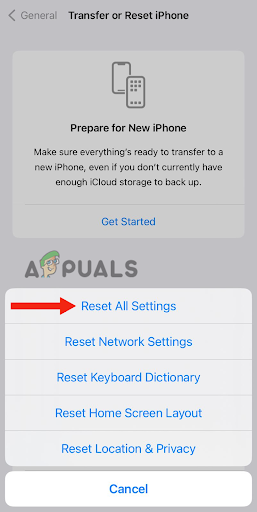
Go to Reset All Settings - Lastly, tap on Reset All Settings to confirm.
Doing this will not remove any of your data or other important passwords. It will only reset settings such as the home screen layout, display brightness, and wallpaper. Furthermore, it will also remove the encrypted backup password from iTunes.
After resetting your iPhone’s settings, you need to connect it to iTunes or Finder and create a new encrypted backup. Also, you will not be able to use the older encrypted backups, as you have forgotten the password. If you want to back up your current data, you can do so by using Finder or iTunes and setting up a new password.
3. Restore your device from an iCloud backup.
Another effective method to remove encryption from iTunes backups, used by many Apple users, is to restore your device from an iCloud backup. However, before restoring it from the iCloud backup, you need to reset your device to its factory settings.
When you reset your device to its default settings, all of your data will be erased, giving your device a fresh start. Therefore, if there is any important data on your iPhone, you need to create a backup or transfer it to your PC.
Apart from removing encryption from iTunes backups, a factory reset will improve your device’s performance. Moreover, it will erase any malware, viruses, or corrupt files from your device. Below is the step-by-step guide to resetting your iPhone to its factory settings:
- Go to Settings > General.
- Scroll down and tap on Transfer or Reset iPhone.
- Next, tap on Erase All Content and Settings.
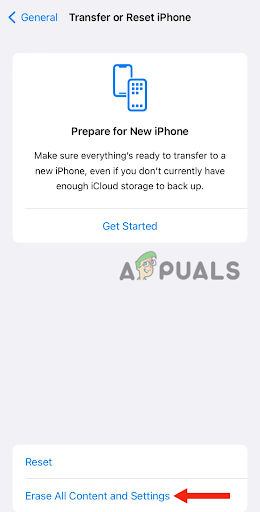
Tap on Erase All Content and Settings - Enter the password that you use to unlock your device. You may also have to enter your Apple ID password. With this action, all the data from your device will be erased.
- After your device has been turned on, follow and complete the setup steps until you see the option for Apps & Data. At this point, tap on Restore from iCloud Backup.
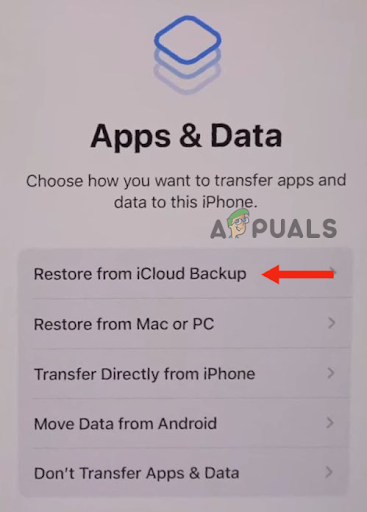
Choose Restore from iCloud Backup - Next, sign in to iCloud using your Apple ID.
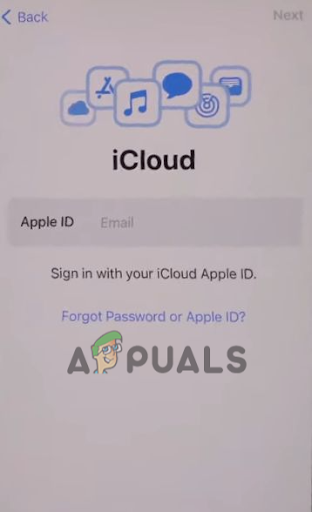
Sign in to iCloud - After this, choose a backup; select the one that is most relevant, and then click ‘Continue‘. With this, the transfer will start.
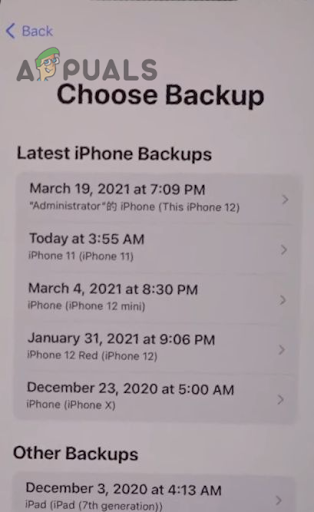
Choose a Backup, then click on continue
At this point, you may also be asked to update your device. To update, you need to follow the on-screen steps. Then, you need to sign in with the Apple ID you use, which will restore all your data and purchases.
During the process of restoring, you need to stay connected to Wifi, as it may take up to an hour to complete the process, depending on the size of the backup. If you get disconnected in between the process, it will get paused until you reconnect to the Wifi.
If none of the methods has worked for you, then you must contact Apple support and ask for a possible solution.




